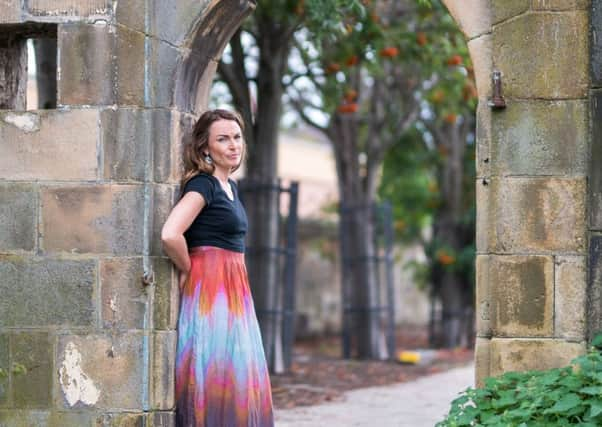Book review: Constitution Street, by Jemma Neville


It is a book that came to mind frequently while reading Jemma Neville’s Constitution Street. The titular Leith street is a place I know, having lived nearby for a few years. It is difficult to describe the book as by turns it is psychogeography, memoir, nature writing, a kind of kindly Mass Observation, polemic, confessional, micro-history and many other genres. In the end, it is probably best described, as the author does, as a diary; things that I thought through encounters I did not expect.
The premise of the book is for the author to connect with the residents of Constitution Street, where she lives, and to advance an idea that there should be a written constitution for Scotland (or Britain), all tied in with “taking a constitutional”. Parts of it are intriguing and inspiring; other parts seem oddly self-regarding. “Take my hand and follow me up and down the street to discover the people behind the door numbers that will shape a Bill of Rights.” Personally I would say “might”, not “will”.
Advertisement
Hide AdNor am I particularly comfortable with the enforced intimacy of “take my hand”. Actually, I would rather walk with my hands in my pockets.
There is a great deal of very interesting material here. The skeleton drift from the graveyard of St Mary Star Of The Sea, which caused so much chaos during the tramline that never transpired, is perhaps the highlight. The recorded conversations with residents and migrants, incomers and old-schoolers does give a genuine sense of place, and of love towards friends and neighbours that you did not know beforehand. Of especial note is the baby-sitting that involves messages in windows across the street, a kind of semaphore care, which is touching. I would have liked to have known how that particular relationship began: it is not everyone to whom you entrust your child. There are stories here, but perhaps not backstories.
The Rights in this “Letter To The Law In The Age of Anxiety” are “life, education, housing, food, health, freedom of religious belief, work, freedom of expression, private and family life, justice, the environment and self-determination”. It would be difficult to claim that these are not all “goods” and the aspiration towards them virtuous. But there are two problems. Neville is very pit-oot, as we might say, at the lack of a written constitution. There are, however, countries with a written constitution, and look where the Second Amendment or the Fifth Amendment have placed America.
Then there is the question of the clash of rights. Take, for example, halal meat. As a vegan, you might be against it due to animal rights concerns. My freedom of expression might be that I can write a review, but does it extend to shouting “fire!” in a crowded theatre, or making offensive remarks in the street? Much though the book tries to be as empathetic as possible, it doesn’t get down to the nitty-gritty of these arguments. Sometimes, legal frameworks are more difficult to frame than having a natter with a neighbour.
Although there are many good things in this book – and the open-heartedness of the author is transparent and sometimes minatory (how many of us speak to those next door?), it is marred by some stereotypes that jar. Robert Louis Stevenson did not “base” his novella Strange Case Of Dr Jekyll And Mr Hyde, in Edinburgh. He set it in London and was certainly ruminating on his old home. Walter Scott did not romanticise the “Killing Times”: The Tale Of Old Mortality is a searing examination of religious terrorism. Hugh MacDiarmid may have used the phrase “Caledonian Antisyzygy”, but he filched it from G Gregory Smith. John Knox can hardly be blamed for the 1590s witch-trials, having had the misfortune of dying in 1572. These might seem like niggles, but they undermine the writer’s authority.
Of course – of course, of course, of course – two referenda are mentioned a lot, but there are many more things I would be interested in about the people of Constitution Street than which way they voted. Neville does bring to life the very different perspectives, but she does it through a rather predetermined lens. At the General Assembly this year, the Moderator talked about “disagreeing amicably”. Neville does manage this, but one can tell which scale the thumb is pressing down on.
Advertisement
Hide AdI am not of the “Generation Y” that Neville claims is so anxious; nor do I think anxiety is such a bad thing. It’s a warning, a tolling, a question: “Do I think what I think I think?” Stuart Kelly
Constitution Street, by Jemma Neville, 404Ink, £12.99